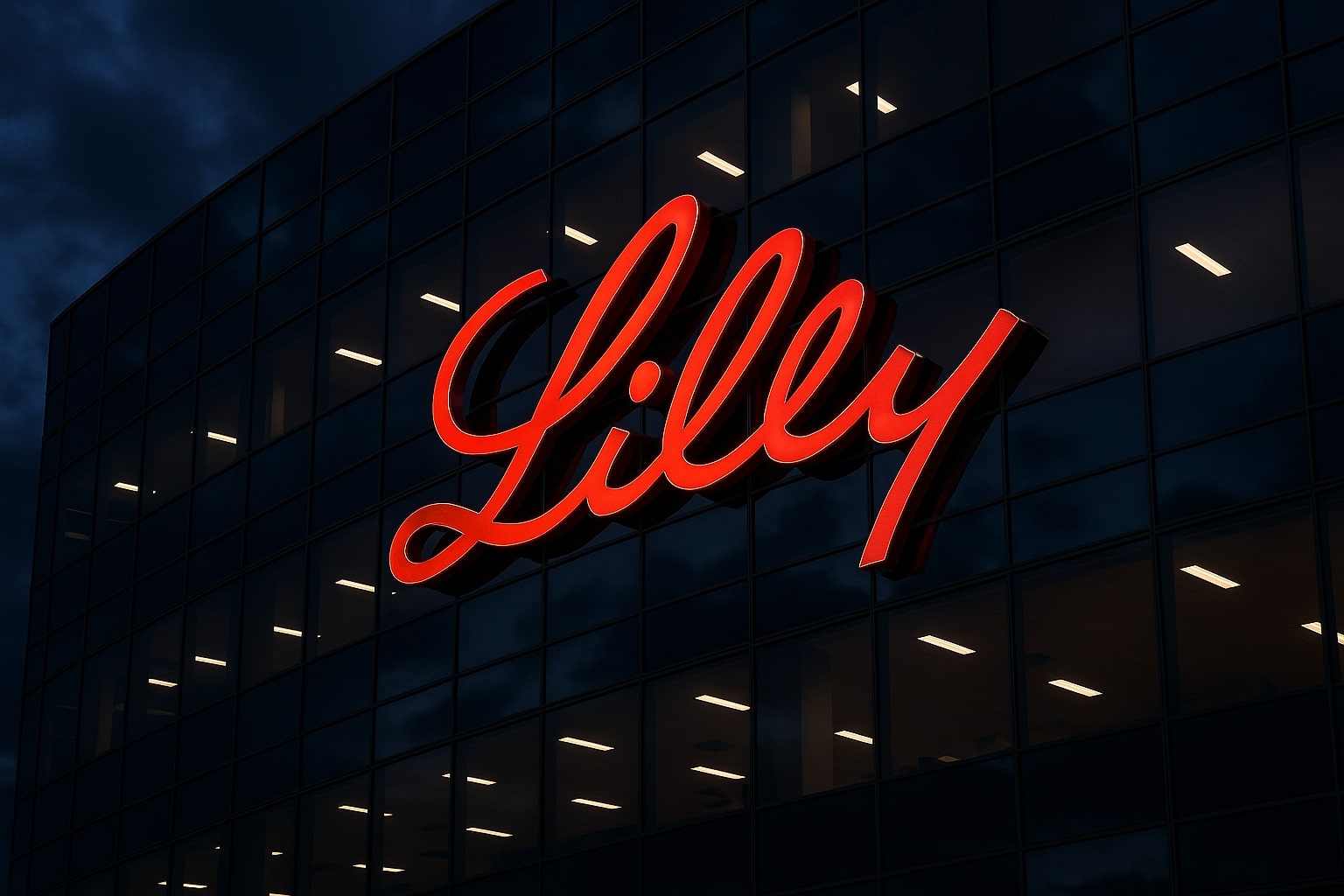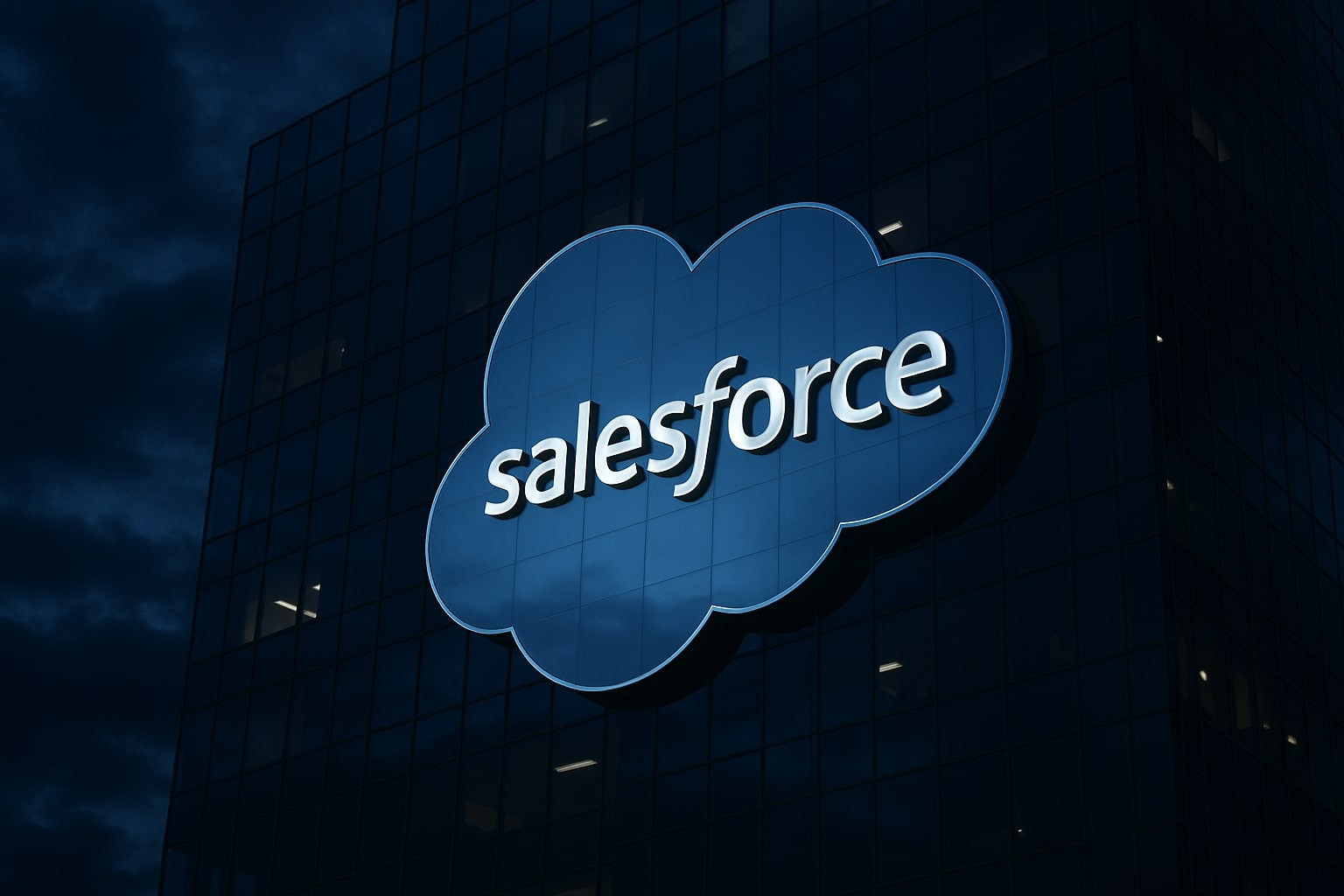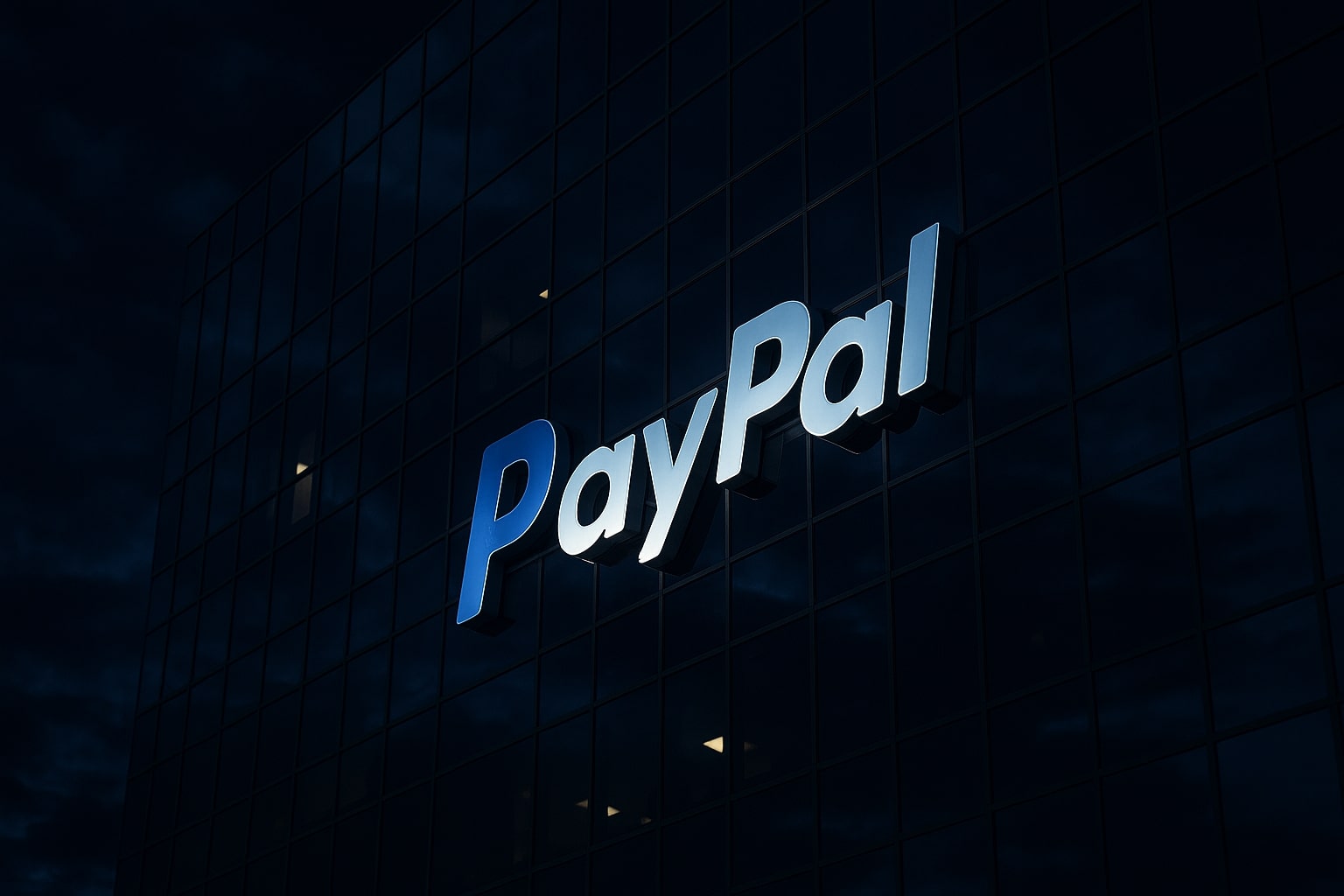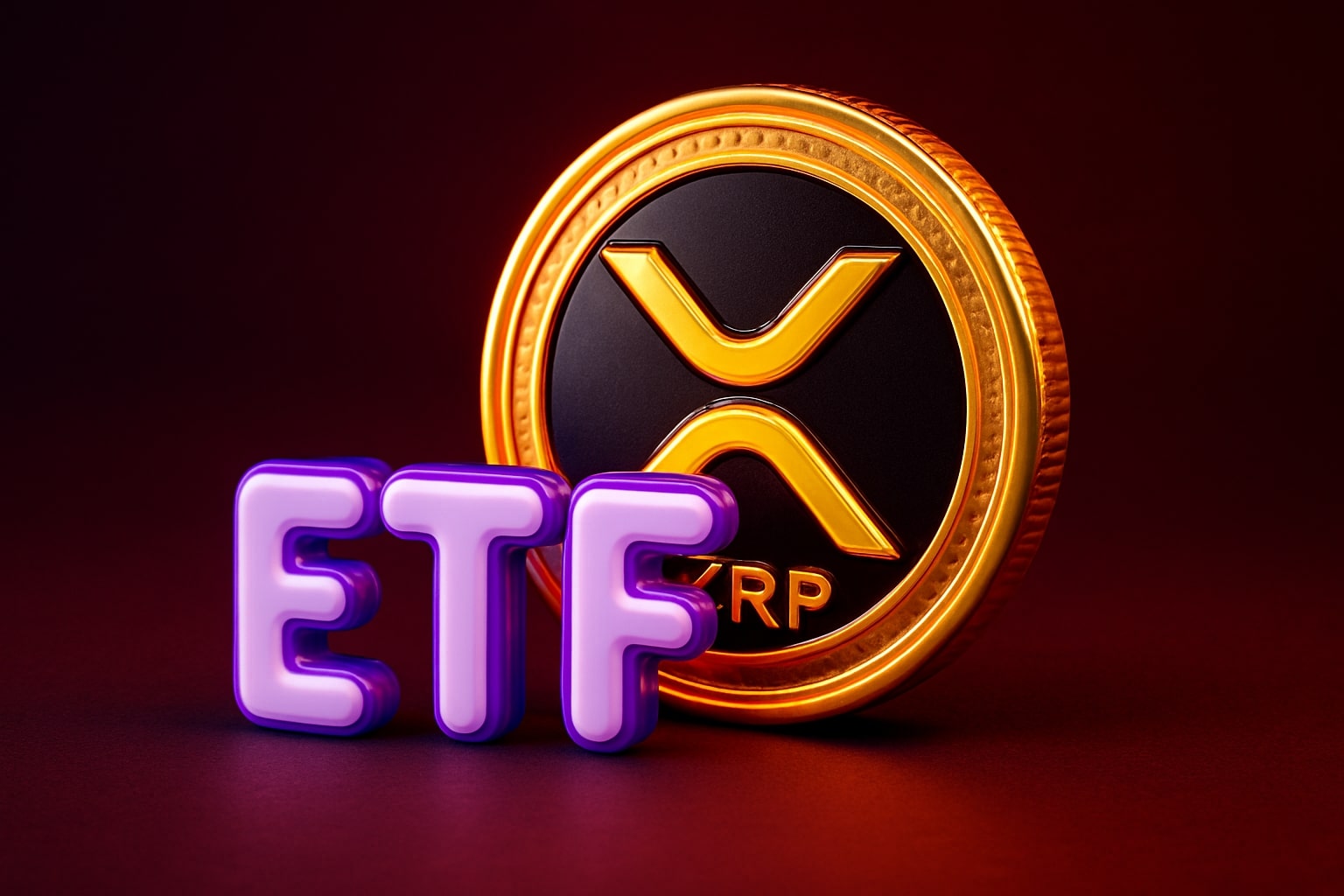
Eli Lilly Stock Price Forecast - LLY Shares Surges Past $1T as Obesity Drugs Fuel Explosive 54% Growth
With shares at $1,059.70, record $17.6B quarterly sales, and EPS up 495%, Eli Lilly cements leadership in obesity and diabetes treatments | That's TradingNEWS
Eli Lilly (NYSE:LLY) Becomes the First Healthcare Company to Cross $1 Trillion as Revenue Soars 54% and GLP-1 Dominance Expands
Eli Lilly and Company (NYSE:LLY) has become the first healthcare firm to breach a $1.00 trillion market capitalization, closing at $1,059.70 per share after a year of relentless outperformance and clinical execution. The stock has rallied 47% year-to-date, far outpacing both the S&P 500 and the broader healthcare index. Fueled by explosive sales of Zepbound and Mounjaro, along with strategic pipeline expansion into Alzheimer’s and oncology, the company has reshaped the pharmaceutical landscape and secured an almost unassailable lead in the weight-loss market.
Financial Strength: Record-Breaking Q3 With 54% YoY Growth and Expanding Margins
For the third quarter of 2025, Eli Lilly posted $17.6 billion in revenue, marking a 54% year-over-year surge, and easily beating market estimates by over $1.5 billion. Net income rose 475% YoY to $5.58 billion, driving diluted EPS to $7.02, up almost 495% from last year. The company’s gross margin of 82.9% and operating margin of 41.8% underscore its scale advantage and pricing power across core markets.
Lilly raised its full-year 2025 guidance to $63 billion in revenue and projected earnings per share near $23, reflecting continued expansion across its GLP-1 and neurodegenerative portfolios. Free cash flow surged to $2.22 billion, up 257% YoY, while cash on hand reached $9.91 billion, up 181.7% year-over-year.
GLP-1 Empire: Zepbound and Mounjaro Redefine Market Leadership
Lilly’s incretin franchise—Zepbound, Mounjaro, and the upcoming oral GLP-1 drug Orforglipron—has become the industry’s central growth engine. Over the past twelve months, the combined GLP-1 portfolio generated over $30 billion in sales, more than double the $13.4 billion recorded in the previous period.
In the U.S., Zepbound maintains a commanding 63% market share in anti-obesity prescriptions, while Mounjaro continues to dominate type-2 diabetes treatment with 54% growth in new-to-brand prescriptions and 45% growth in total prescriptions year-over-year. International expansion accelerated sharply, with non-U.S. revenues rising 74% to $6.3 billion, led by exceptional uptake in Japan (+24%), China (+22%), and the Rest of World segment (+51%).
Pipeline Expansion: Orforglipron, Retatrutide, and Neuroscience Drive Multi-Year Catalysts
Beyond injectable therapies, Lilly is preparing the next generation of metabolic treatments. Orforglipron, the company’s upcoming oral GLP-1, completed six successful Phase 3 trials demonstrating injectable-level efficacy in a daily pill format. Regulatory filings are underway, with a U.S. launch expected in 2026 and global rollouts to follow. Lilly has already manufactured billions of doses, supported by new facilities in Virginia, Texas, and Puerto Rico, with additional U.S. production sites planned.
Retatrutide, Lilly’s triple-agonist candidate targeting deeper weight reduction in high-BMI patients, continues to advance through six ongoing Phase 3 trials, with pivotal results expected by mid-2026. The broader pipeline features over 40 late-stage programs, including Alzheimer’s drug Kisunla, cancer therapy Jaypirca, and the oncology agent Inluriyo, which recently gained FDA approval for advanced breast cancer.
Alzheimer’s and Oncology Momentum Bolster Diversification
The approval of Kisunla for Alzheimer’s in Europe and its pending expansion in the U.S. strengthens Lilly’s foothold in neuroscience. Meanwhile, oncology assets continue to deliver encouraging results: Vezenio demonstrated prolonged survival in early-stage breast cancer, while Jaypirca achieved a major improvement in progression-free survival for CLL/SLL patients. Lilly’s recent $2.6 billion bispecific antibody deal with ABL Bio adds another vector of innovation in immuno-oncology and neuro-degenerative research, expanding long-term optionality.
Operational Scale: Manufacturing Expansion Creates an Unmatched Competitive Moat
Lilly’s manufacturing infrastructure is now among the largest in the global pharmaceutical industry. The company has launched multiple new production sites to ensure supply stability amid unprecedented demand for GLP-1 drugs. The Virginia API plant, Texas small-molecule facility, and expanded Puerto Rico complex collectively form the foundation for high-volume production. Two additional domestic sites are planned for 2026 to support oral GLP-1 scaling.
This aggressive capacity buildout gives Lilly a structural advantage over competitors struggling with supply bottlenecks. Management confirmed that billions of doses of Orforglipron are already produced, providing an early-mover edge in what could be the largest pharmaceutical launch since insulin.
Regional Performance: U.S. Dominance Balanced by Rapid Global Growth
Revenue from the U.S. reached $11.3 billion, up 45% year-over-year, representing 64% of total sales. The remaining $6.3 billion came from international operations, which rose 74%, confirming that Lilly’s growth is becoming increasingly diversified. The company’s global presence across 55+ countries gives it a formidable pricing and distribution advantage, especially as telehealth platforms like LillyDirect accelerate cash-pay adoption.
Balance Sheet and Cash Flow: Exceptional Liquidity Supports Shareholder Returns
Lilly’s balance sheet remains strong, with $114.94 billion in assets, $91.08 billion in liabilities, and $23.85 billion in total equity. The company generated $8.84 billion in operating cash flow, up 138% YoY, and returned $2 billion to shareholders through dividends and buybacks—$1.3 billion via dividends and $700 million through repurchases. The dividend yield stands at 0.57%, reflecting a steady payout policy despite aggressive reinvestment.
Insider transactions, available via LLY insider profile, show minimal selling pressure, consistent with long-term management confidence in sustained earnings expansion.
Valuation: Trading Below Historical Multiples Despite Unmatched Earnings Growth
At 51.8x trailing earnings and a forward P/E of 44.7x, Eli Lilly trades at a 2.3× premium to the healthcare sector average of 18.8x. However, on a forward PEG of 1.37, the company trades at a 23% discount to peers (1.77 average), reflecting that earnings growth justifies the premium. Its EV/Sales ratio of 15.05 and Price/Sales of 14.54 are elevated versus the sector median (~4.0), but given the 45.4% YoY revenue growth and 121% EPS expansion, the valuation remains defensible.
Wall Street expects FY2025 EPS of $23.68 and FY2026 EPS of $32.11, implying sustained 20%+ CAGR in earnings. Applying a 30× forward multiple on 2026 projections yields a 12-month price target of $1,165, representing a 10% upside from current levels
Read More
-
PFFA ETF (NYSEARCA:PFFA) Holds $21.20 as 9.61% Yield Strengthens Its Position as a Top Income ETF
22.11.2025 · TradingNEWS ArchiveStocks
-
XRP ETFs Defy Crypto Sell-Off With $410M Inflows as XRP Falls to $1.93 Amid Whale Dump
22.11.2025 · TradingNEWS ArchiveCrypto
-
Natural Gas Price (NG=F) Prices Surge Toward $5.00 as U.S. Cold Snap and Rising LNG Exports Tighten Supply
22.11.2025 · TradingNEWS ArchiveCommodities
-
USD/JPY Price Forecast - Holds 156.38 as BoJ Silence and U.S. Yield Advantage Fuel Renewed Dollar Strength
22.11.2025 · TradingNEWS ArchiveForex
Competitive Landscape: Maintaining the Lead Over Novo Nordisk and Pfizer
Lilly has firmly outpaced Novo Nordisk (NYSE:NVO), capturing over 57% of the GLP-1 market share in the U.S. Novo’s pipeline delays and Pfizer’s failed Metsera program have only widened the gap. Lilly’s ability to manage price elasticity while expanding volume—especially through the Medicare and commercial coverage expansion—reinforces its dominance. The GLP-1 segment, valued at $16 billion in 2024, is projected to reach $60 billion by 2030, and Lilly’s distribution and manufacturing scale position it to retain leadership.
Macro and Sector Context: Defensive Growth Amid Market Volatility
With AI and speculative tech unwinding in 2025, institutional capital has rotated toward defensive, cash-generating healthcare leaders. Lilly’s consistent margin profile, global exposure, and product stickiness make it one of the few mega-caps combining growth with stability. The healthcare sector’s 18.4× average earnings multiple remains historically low, suggesting further upside once sentiment normalizes.
Risks: Regulation, Competition, and Execution Hurdles
Despite its dominance, Eli Lilly faces key risks. Regulatory scrutiny around GLP-1 pricing and compounded versions may affect U.S. margins, while rapid scaling increases execution risk in manufacturing. Global demand outpaces supply, and any bottlenecks in injectable or oral formulations could temporarily constrain growth. Additionally, Lilly’s $42.58 billion total obligations highlight moderate leverage that must be offset by consistent cash generation.
Trading News Verdict — BUY (Bullish, 12-Month Target $1,165)
Eli Lilly’s financial and operational execution places it in a class of its own within global pharmaceuticals. The company’s GLP-1 leadership, diversified pipeline, and record profitability underpin continued expansion toward $1.2 trillion valuation territory. With EPS growth projected at 20–25% CAGR, sustained global demand for obesity treatments, and strong free-cash generation, the long-term bias remains decisively bullish.


















